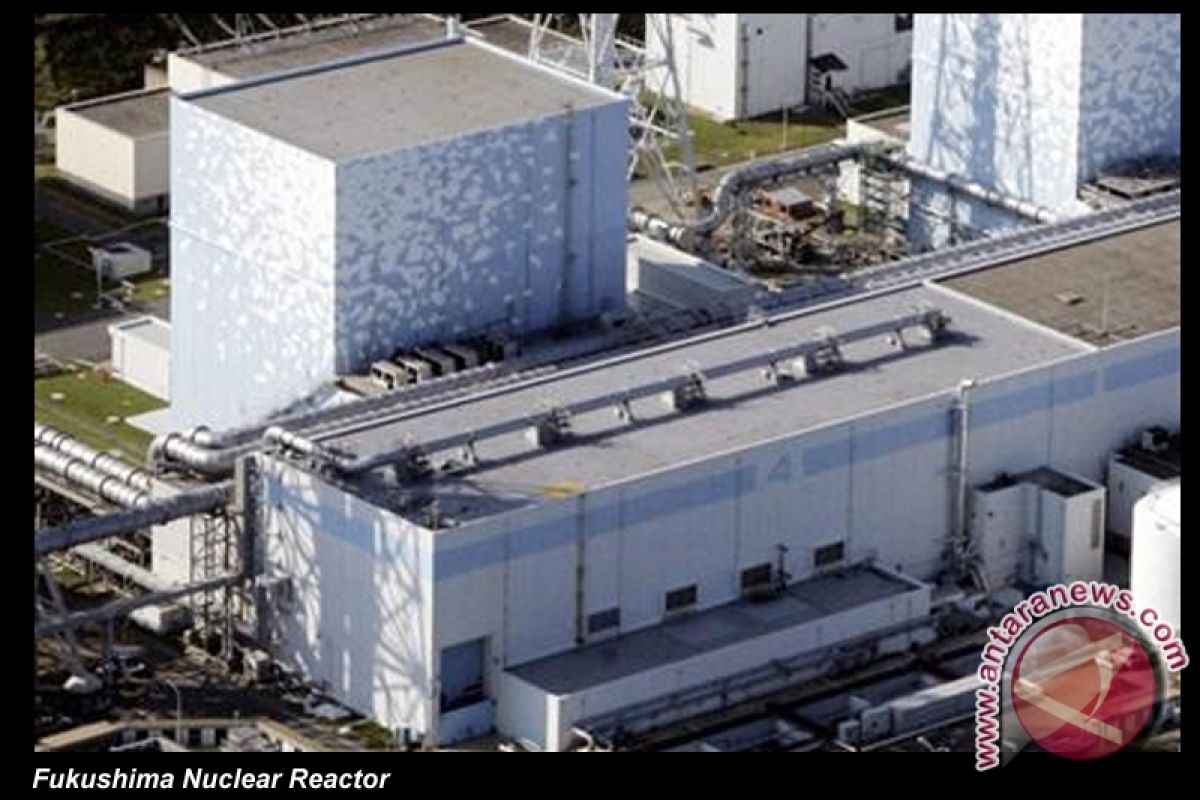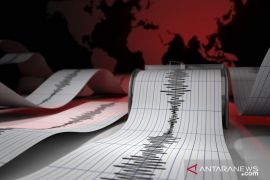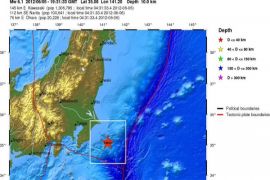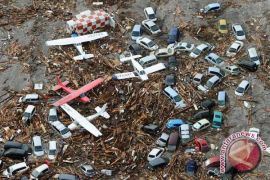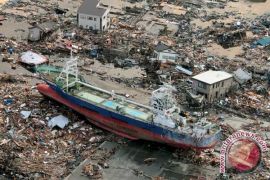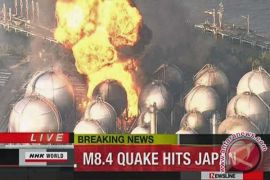"The iodine concentrations were at or above Japanese regulatory limits, and the caesium levels were well below those limits," the International Atomic Energy Agency (IAEA) said.
Japanese authorities had given the Vienna-based agency data on samples collected on March 22-23, after detecting iodine and caesium in the water near the crippled Fukushima nuclear plant.
In a desperate attempt to cool the reactors and their spent fuel ponds, workers have sprayed or dumped seawater into the plant. Officials have said some water spilled back into the sea.
Japanese authorities tested seawater off the plant`s site for radiation earlier this week but stressed that elevated levels already detected were no cause for concern.
The IAEA said a vessel from Japan`s Agency for Marine-Earth
Science and Technology had "collected water samples at several points 30 km from the coastline and found measurable concentrations of iodine-131 and caesium-137".
It also said three workers at the plant had been exposed to "elevated levels" of radiation, giving details about an incident reported earlier on Thursday in Japan.
"Very serious" situation
"The three were working in the turbine building of reactor Unit 3 and have received a radiation dose in the range of 170-180 millisieverts," it said, adding two of them were taken to hospital for treatment for "severely contaminated feet".
"The workers had been working for about three hours in contact with contaminated water," the IAEA statement said.
The average dose for a nuclear plant worker is 50 millisieverts over five years. The Fukushima operator has raised the limit for the emergency work to 100 millisieverts an hour.
IAEA official Graham Andrew said that as far as the reactors
were concerned, "there is some good news to report from the last 24 hours, although the overall situation is still very serious."
Some "technical concerns related to the status of the reactors at the Fukushima Daiichi site appear to be slightly less acute in some respects," Andrew said in a statement.
Radiation dose rates at the plant itself had decreased to 210 microsieverts per hour on March 23 from 1930 on March 21.
1 millisieverts equals 1,000 microsieverts.
"Of the six radionuclides monitored, only iodine-131 was found to be in excess of the limits set by Japan," he said.
"There continues to be considerable daily variation in the deposition of iodine-131 and caesium-137 reported in 10 prefectures. Recent rainfall ... may help explain the increased deposition in Tokyo," Andrew added, an IAEA statement said.
Regarding food products in affected areas near the plant, iodine-131 and caesium-137 levels had exceeded limits set for food in some vegetables.
"In addition, permissible levels of iodine-131 were exceeded in drinking water samples taken in the Fukushima and Ibaraki Prefectures and in Tokyo" from March 17-23, Andrew said.(*)
Editor: Jafar M Sidik
Copyright © ANTARA 2011
